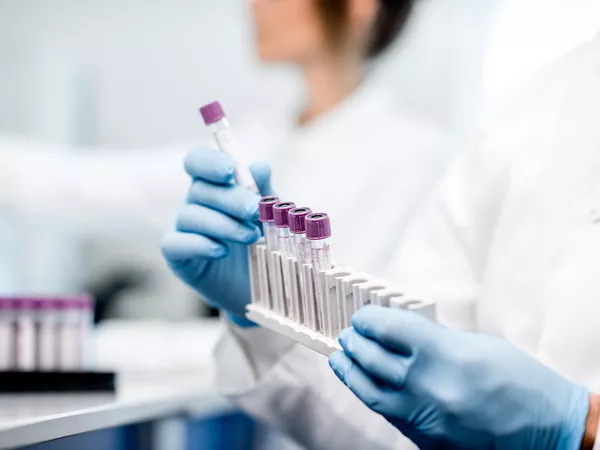EDITORIAL
Published on 15 Nov 2016
Editorial: Organ Fibrosis: Triggers, Pathways, and Cellular Plasticity
doi 10.3389/fmed.2016.00055
- 2,812 views
- 19 citations
19k
Total downloads
86k
Total views and downloads
You will be redirected to our submission process.
EDITORIAL
Published on 15 Nov 2016
ORIGINAL RESEARCH
Published on 15 Dec 2015
REVIEW
Published on 13 Nov 2015
REVIEW
Published on 05 Oct 2015
REVIEW
Published on 03 Sep 2015
MINI REVIEW
Published on 31 Aug 2015
MINI REVIEW
Published on 05 Aug 2015
